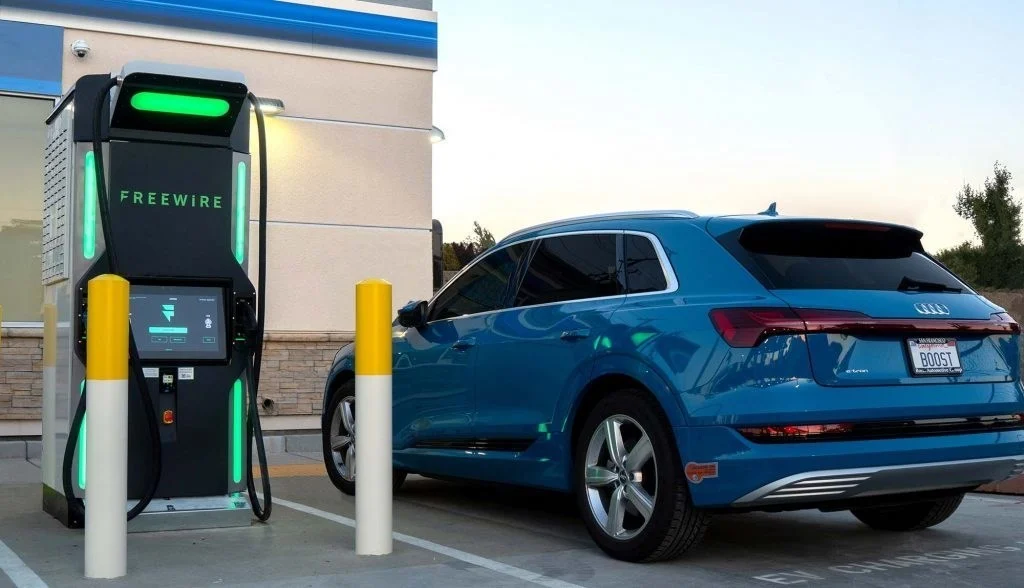Many EV owners use the Level 1 charger that comes with their car by plugging it into a standard outlet at home. If your EV has a larger battery pack and a longer range, however, you’ll need to upgrade to a Level 2 home charger.
These cost more, and require a major electrical panel upgrade that most homeowners can’t afford. Fortunately, more cost-effective alternatives are now available.
Charger Type
EV chargers come in all shapes and sizes. Some plug into a standard outlet, while others require specialized connections and are hardwired to your home’s electrical system. Depending on your needs, one type of EV charger may be better suited for you than another.
At home, most EV owners opt for a Level 1 charger that plugs into a standard 3-prong, 120-volt household outlet (technically known as a NEMA 5-15 receptacle). It’s the same kind of outlet you might use to charge a phone or lamp and draws about the same amount of power as a portable electric space heater.
A more advanced option is a Level 2 charger, which uses a 240-volt AC and charges an EV or PHEV at a much faster rate than a standard wall outlet. Also called a smart charging solution or DC fast charger, this is the type found at most public stations and can recharge your EV to 80% in about an hour.
Charger Amps
The amount of power your charger uses is measured in amps. This number indicates the strength of the constant electrical current – so a 32 amp charger has a lower strength than a 40 amp charger.
Think of it as the difference between a strong stream of water coming out of a faucet versus a trickle. The higher the amps, the more power your charger can deliver – and that means you’ll get a faster charge.
Your home only has a limited number of available amps that it can distribute among devices at one time. If you exceed this limit, you’ll see a drop in power to your devices and may experience a circuit breaker flip. An electrician can conduct a load calculation on your home to determine the maximum amps that can be used with a dedicated charging circuit without the need for major service upgrades.
Charging Time
EV charging times vary, depending on a number of factors. For example, a vehicle’s battery capacity — measured in kilowatt-hours (kWh) — determines how long it takes to charge. The bigger the battery, the more kWhs it can hold and charge.
Also, an EV’s SoC (state of charge) affects its charging time. Just like a gas tank, the battery’s SoC decreases as it charges closer to full. This is because charging the battery at a lower SoC prevents damage and extends its lifespan.
To get the fastest home charging times, electricians should install a level 2 charger on a dedicated circuit that doesn’t share power with other appliances. However, not all EV owners have access to this type of charger, and there are now smart solutions for sharing circuits that can be installed at a fraction of the cost of traditional wiring upgrades.
Safety
There are a variety of safety measures that must be taken into account when building or installing an EV charger. International standards, compliance with local regulations, and electrical code requirements are just a few of the many guidelines that must be followed.
EV charging stations are often found outdoors, which means they are exposed to environmental hazards such as high winds and rain. This type of weather can cause a lot of damage to the station and its components, which may lead to fires or electric shocks.
To protect against these dangers, EV chargers are designed with several safety features to prevent accidents and ensure user protection. Some of these features include GFCI, overcurrent protection, ground fault circuit interruption (GFCI), and temperature monitoring. These features work together to detect anomalies and shut off the power for safety reasons. They also help to prevent the spread of fires in case they occur. In the event of an accident, emergency response protocols should be followed immediately to avoid further harm or injury.









